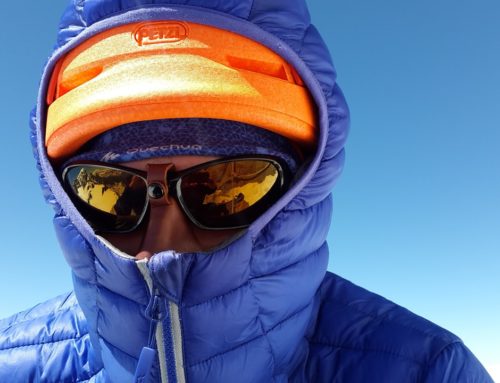Movement Dictates Method

Corrective Exercise Specialist
As a personal trainer and coach, my job revolves around helping people improve their level of fitness in a way that is safe, meets their goals, and fits their schedule and budget. But before we can jump into physical training, they first need to display proper movement patterns, and that is where corrective exercise comes in. I start by gathering background info to make sure they are healthy enough to start. For example, I wouldn’t want a client with knee pain doing box jumps.

The Kinetic Chain Dictates Movement
Very often joint or muscle pain revealed during a consultation is actually a sign of movement deficiency. And a movement issue needs correcting before starting on a fitness program. At this point I perform a squat assessment to help expose weaknesses. These weaknesses within the kinetic chain often show themselves as compensations, muscular restrictions, and immobility.

Unstable Foundation
Once I know where the problem areas lie, I can design a corrective exercise program to address them. Using various mobility tools like Rock Blades, True Stretch for flexibility, and myofascial release tools like foam rollers and balls to correct the imbalance and break down the restrictions. From there I strengthen the weak muscles and integrate everything back together for proper movement and a solid foundation. I use a construction analogy: You wouldn’t build a house on a broken foundation, would you? That’s the same reason you need to first build your foundation before attempting to improve your fitness level.
Hope you have a little better understanding of corrective exercise and how it fits into the fitness paradigm. Next week we’ll be exploring more concepts revolving around movement. Live life to the optimum!
Melissa
OptimumCondition.com
(619) 252-4993
Empowering people through fitness, education, and coaching





